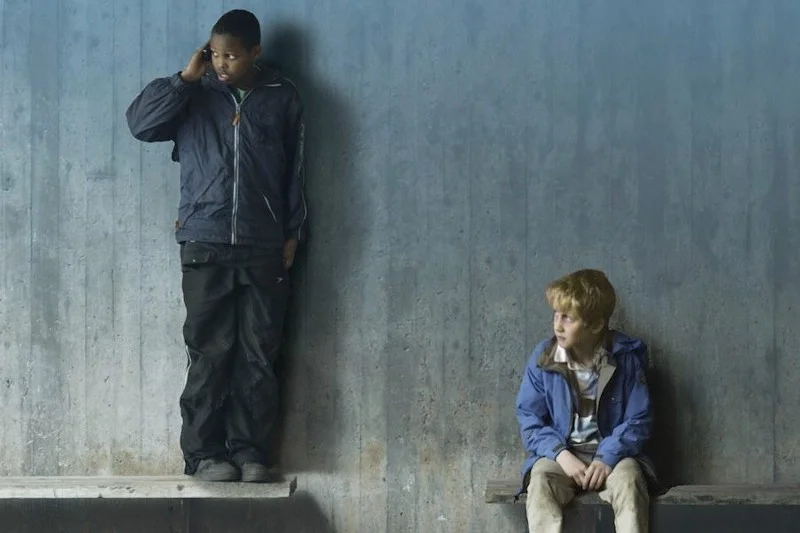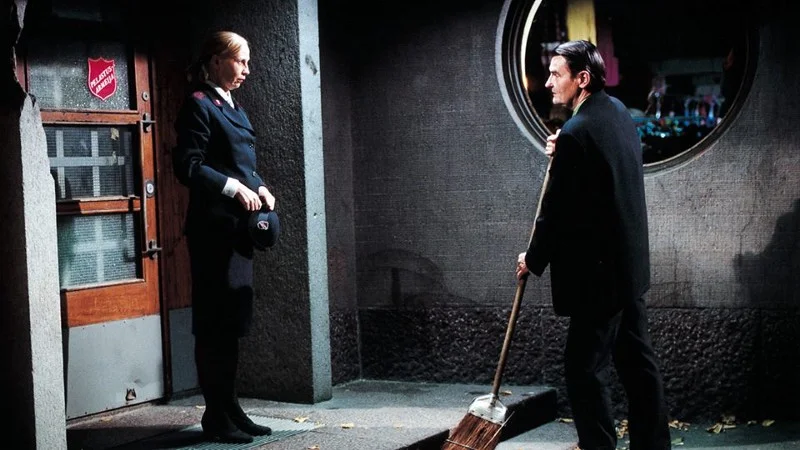Gothenburg on Screen: Exploring the Town with Ruben Östlund
A seemingly innocent play takes place in the streets of Gothenburg. The quest starts in Nordstan, the largest shopping mall in town, then continues through a forest and ends in an abandoned area with almost no sign of life. Ruben Östlund’s Play aimed at presenting a society the members of which hardly know anymore how to react to certain situations invite us to explore Sweden’s second-largest town, which is also one of the most segregated ones.
Play is a drama based on a true story. A couple yours ago a group of kids — mainly of immigrant background — approached other kids, who probably had more money than they did, in Nordstan, the largest shopping mall in Gothenburg, and stole their mobile phones by claiming those belong to their brothers. Swedish director Ruben Östlund, who also lives in Gothenburg, took this event and made a fiction film that resembles documentaries to a great extent. He directed a complex and multi-layered piece that is constructed around opposites like poor and rich, individual and crowd, young and old, children and adults, men and women, and citizens and immigrants.
Since he mainly does this by following the kids across town and filming them while they are playing, Gothenburg enters the spotlight, and it becomes one of the characters, too. Taking into consideration the topic of the film and that fact that Gothenburg is one of the most segregated municipalities in Sweden, it makes sense that the town itself is being closely observed. All the locations are carefully selected and vary in terms of density, size, infrastructure, architecture, social composition, even the colours prevailing in certain areas differ from one location to another.
Nordstan, where the establishing shot is taken, is a meeting point where individuals regardless of age, gender, ethnicity, religion, and social status interact with each other in one way or another. Communication is strictly limited, though, so showing boys who are approaching their peers, is quite surprising and against the socially constructed rules. Since the mall covers quite a large area, it has the capacity to welcome a lot of people at the same time, so it is completely understandable that no one pays attention to a group of children who walk around there alone. In a way, malls replace parents: thanks to the invention of the mobile phone, these buildings representing consumerism seem rather safe. What could happen there? One might wonder.
Then the camera takes us to less dense areas. The abusers (Kevin, Yannick, Anas, Nanu, Abdiaziz) and the exploited group of kids (Alex, John, Sebastian) walk most of the time, which makes it possible for the latter group to seek help. One of the boys named Sebastian goes into a café to ask one of the baristas to call the police. She refuses it because, first, she doesn’t see the other group, and, second, she thinks the kids are just playing. Sebastian cannot do anything else but accept the fact that the physically mild, but the mentally demanding play is not over yet. As the kids walk farther and farther from the town centre, the number of people is gradually decreasing from street to street, and we finally find ourselves in the middle of nowhere. The power relations and the tension of the play stay stagnant. The play is really just as crucial as it was in the shopping mall. The only difference is that no one is ‘assisting’ them by simply being around.
The boys occasionally travel by public transport, but during these scenes, the town is hardly visible; what matters is how the passengers are behaving — to be more specific, how they barely intervene even though they see what is happening. They might not have a clear understanding of the situation, but they should at least realise that something is definitely wrong when a boy insults another one or gets into a fight with an older one. This kind of indifference however not only defines the people sitting on the tram but society itself.
Ruben Östlund holds a mirror, and depicts Gothenburg as it is, even if this is an image that not so many people want to see. Play is based on a true story, but the social, societal and moral issues discussed in it are universal and go beyond borders. The film was regarded highly controversial and debated a lot in Sweden.
Originally published at cinemascandinavia.com.


